In this case – and I can’t believe that I’m saying this – but yes, this might actually be too much.
51, to be exact.
German collector Rainer Krause does it again! One of two new treasures (unfortunately, neither harp guitars), this is an invention from 1914 by Munich’s Hans Vogl. Rainer doesn’t have any idea what it was meant to be, and frankly, neither do I! He thinks some type of triple-neck lap steel guitar (April, 1914, Germany? Might be possible). I’m thinking super zither. Neither quite makes sense, as the 17 strings per neck are evenly spaced and very close to together. I only know I would not want to tune it (I had enough of this nonsense with A Christmas Collection). Check out these details and tell us what you think:
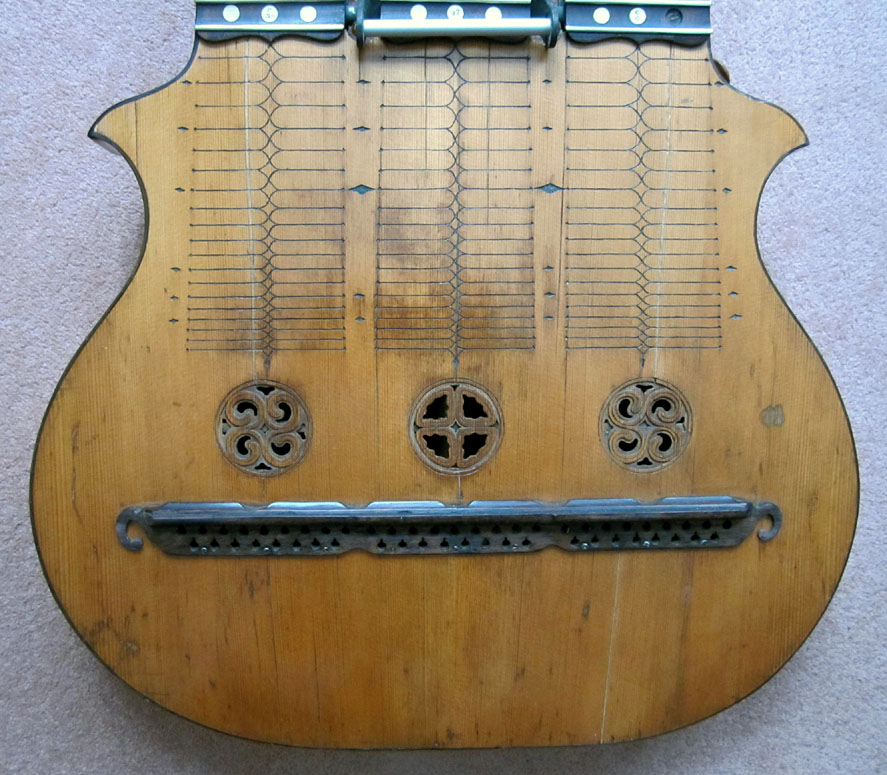
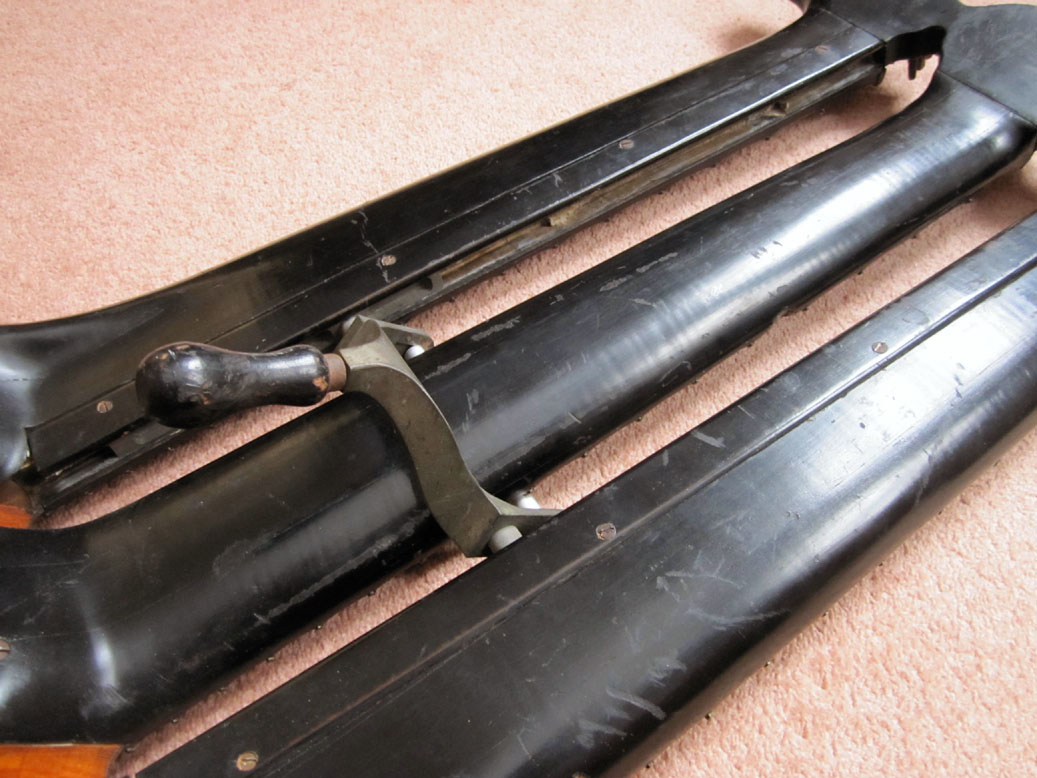
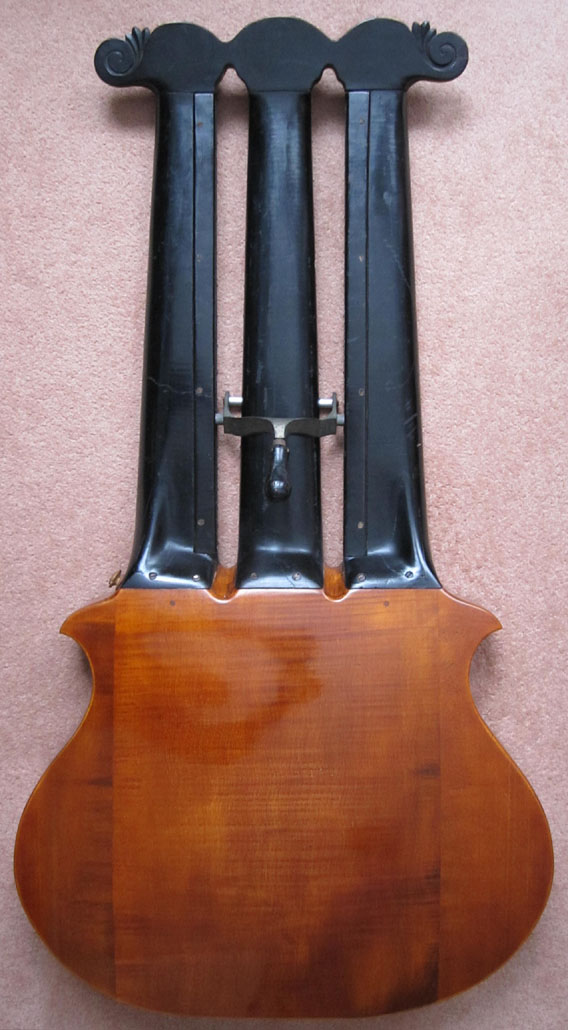

Note the engraved markers denoting chords (center neck) and notes (?) on the outer necks. The “lever-capo” would conceivably press down on a fret to give you the appropriate 17-note chord like an Autoharp, right? Would you do that on the fly? (I can’t see how the device is attached, if it even is)
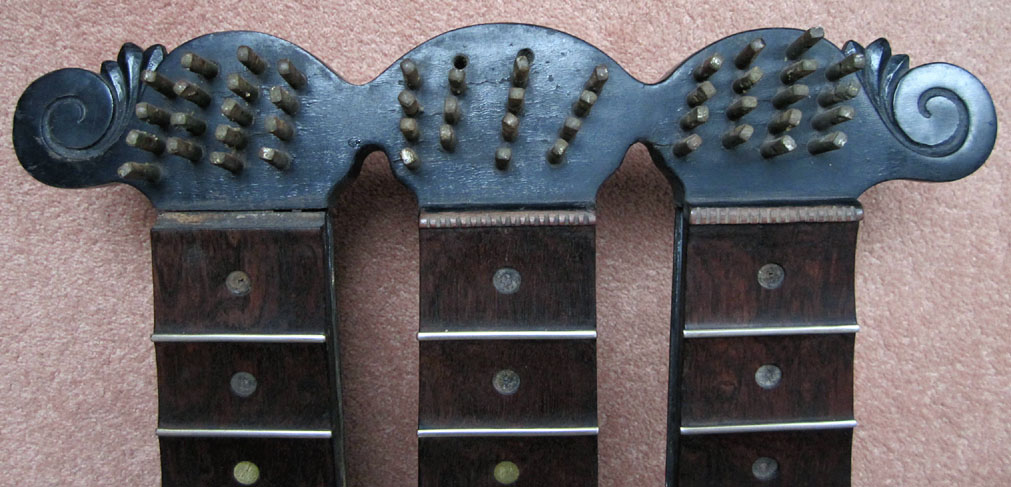
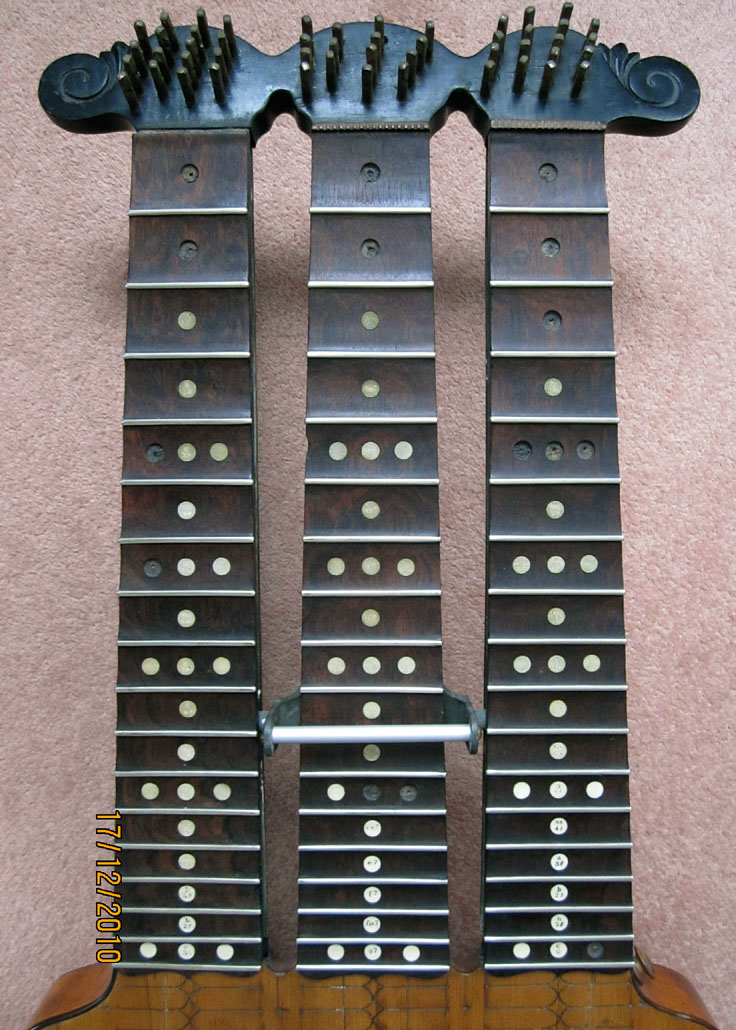


This next stunner is by Georg Tiefenbrunner of Munich; Rainer thinks between 1860-1880.
It is a lute-guitar like no other. All 14 continuous strings are fully fretted but presumably tuned like a guitar with 8 sub-basses. I wouldn’t want to replace that amazing tuner assembly and coverplate. Almost certainly an added tailpiece, but I’d sure leave it on – too cool! (the screws form the two “eyes”)
Nice finds as always, Rainer!
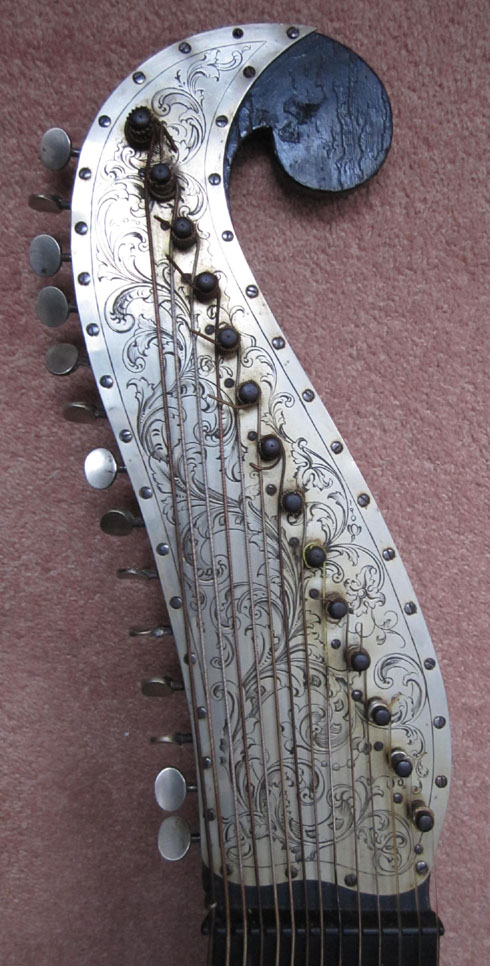
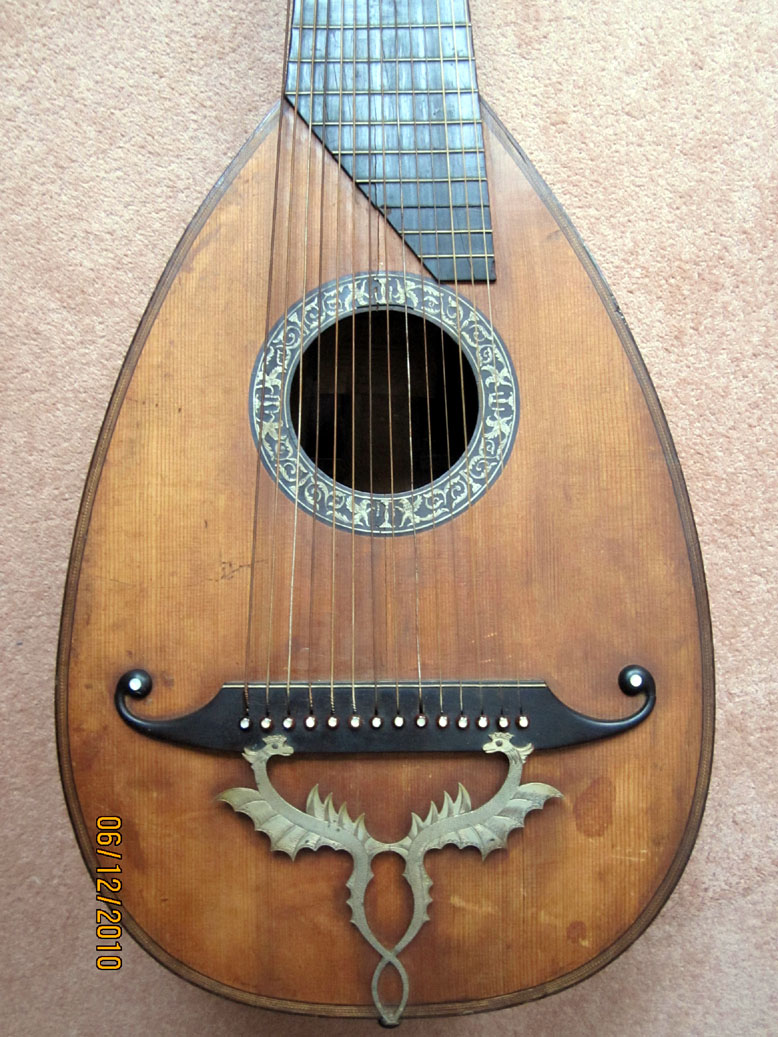
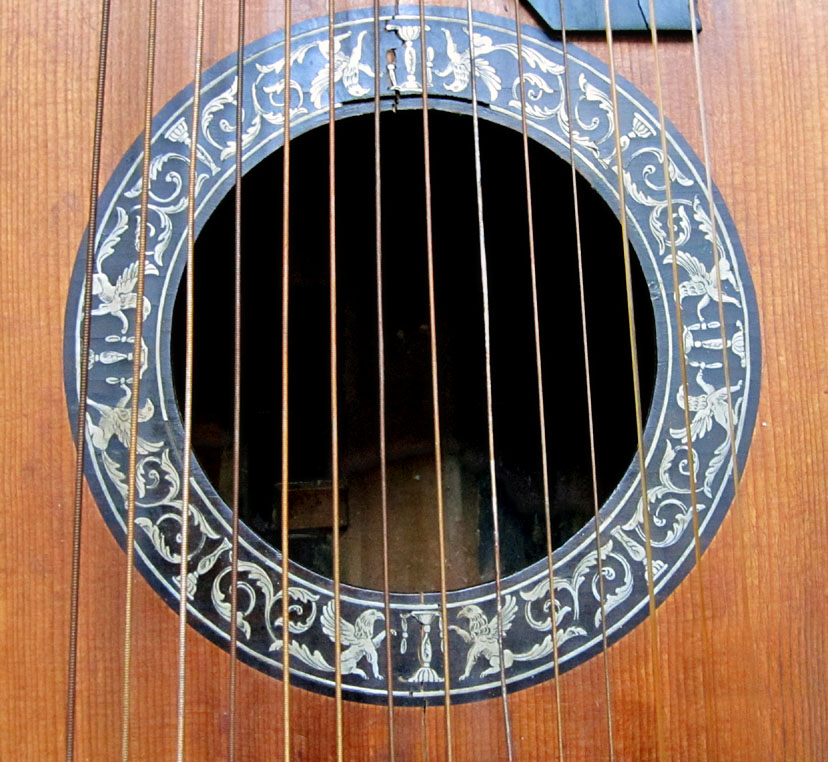
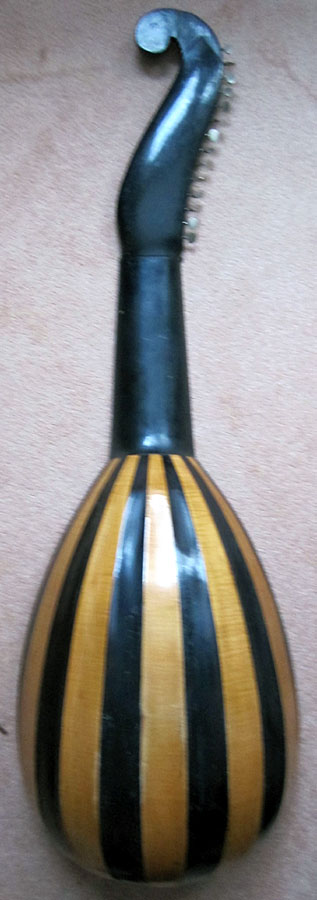

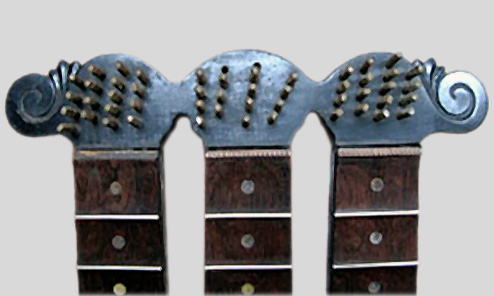
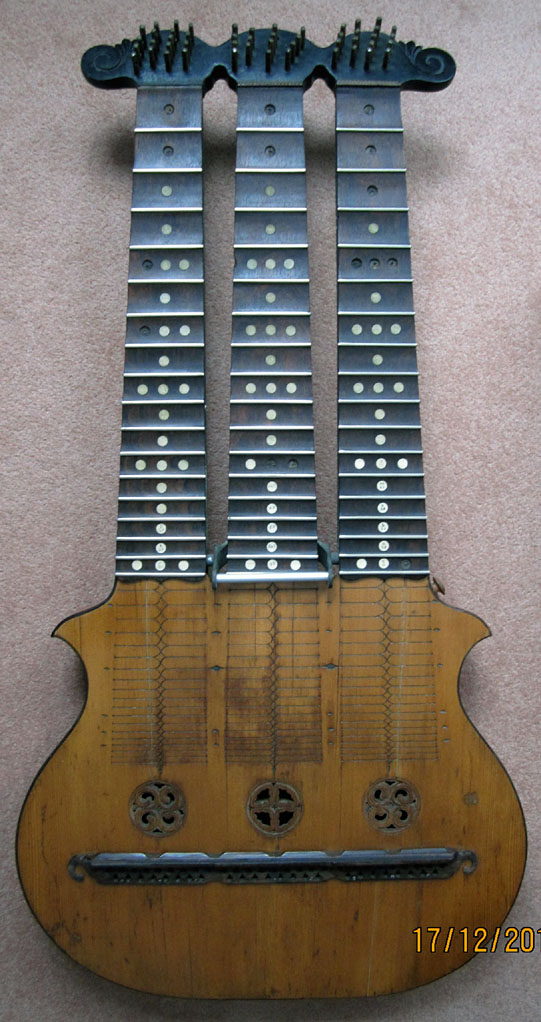
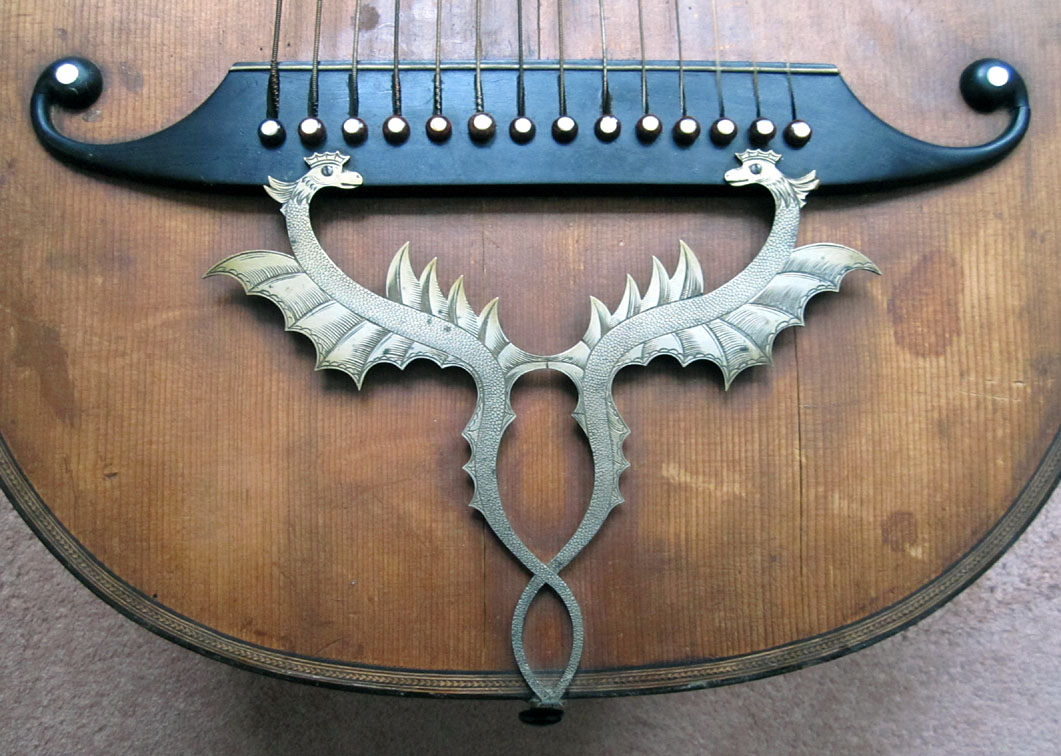

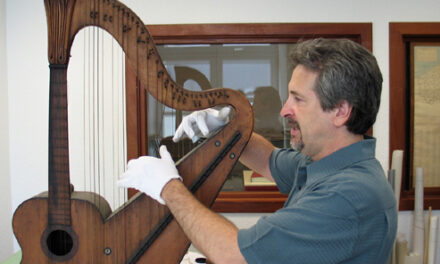
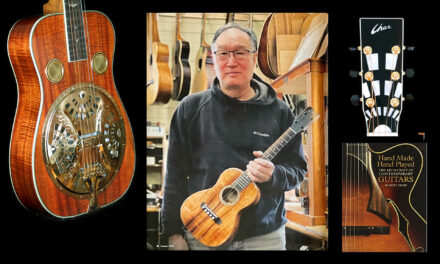
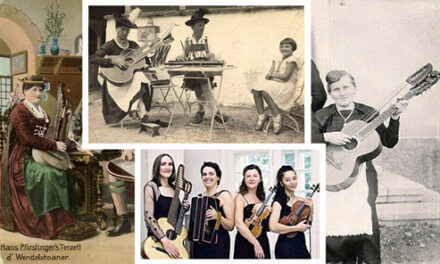
I`m sure the headstock with coverplate is original.
Definitively open tuning but for what???